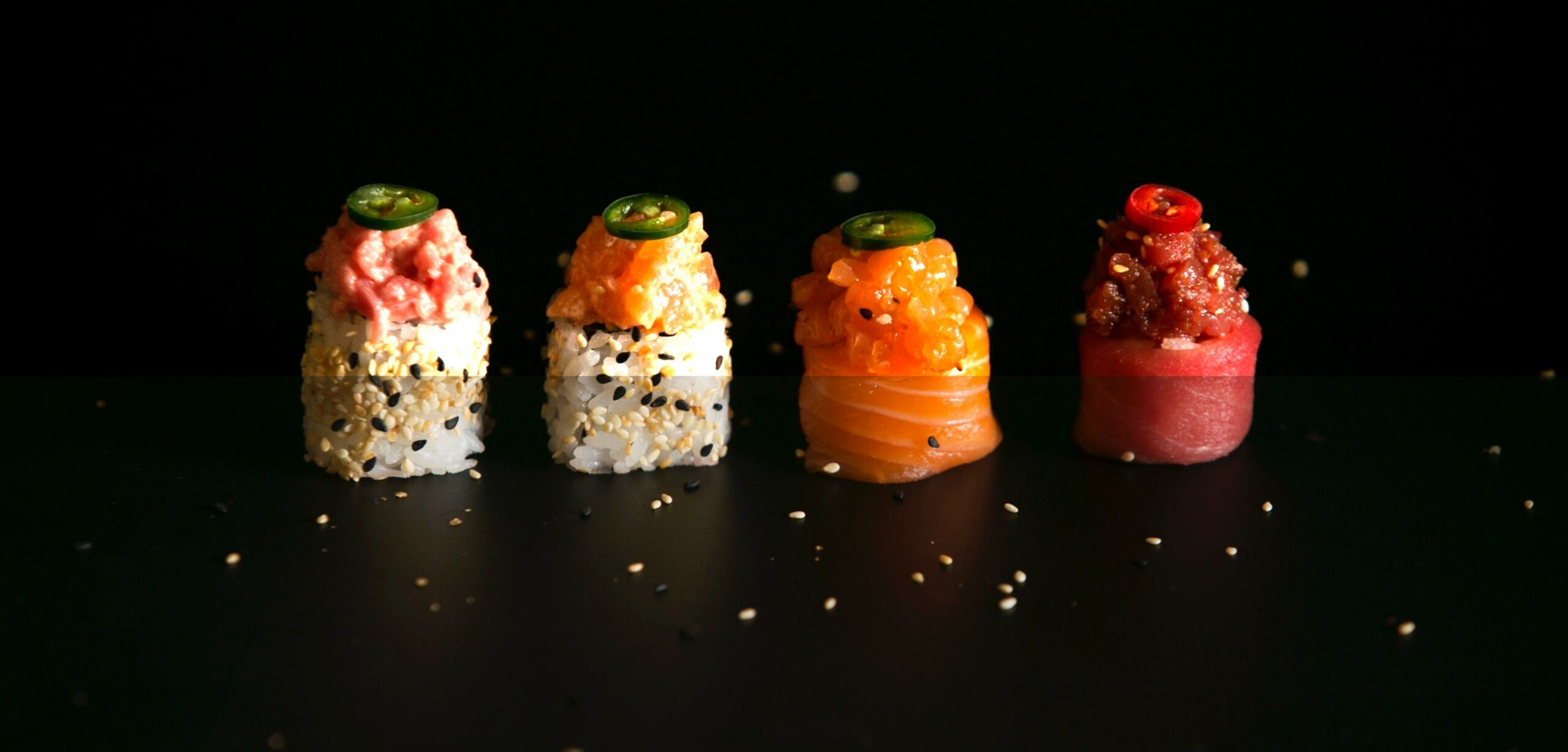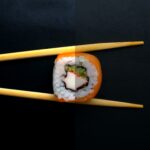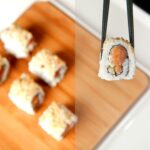Get ready to satisfy your hunger for knowledge as we dive into the enticing world of sushi rolls. In this article, we will unravel a treasure trove of intriguing facts that surround these delectable Japanese delicacies. Whether you’re a sushi connoisseur or a newcomer to this culinary art, prepare to be captivated by the surprising history, tantalizing ingredient combinations, and innovative twists behind the creation of sushi rolls. So fasten your seatbelts and embark on a journey that will leave your taste buds tingling and your mind brimming with fascinating sushi roll trivia.
Intriguing facts about sushi rolls
Sushi rolls, with their colorful presentation and harmonious blend of flavors, have become a beloved culinary delight around the world. Beyond their delectable taste, there are a multitude of intriguing facts that make sushi rolls even more fascinating. Let’s dive into the captivating world of sushi rolls and uncover some hidden gems that will leave you hungry for more!
Fact #1: Sushi rice should not be dipped in soy sauce.
When enjoying sushi rolls, it is considered traditional and respectful to only dip the fish part of the roll in soy sauce. Saturating the rice and causing it to fall apart is seen as sloppy and disrespectful. So, the next time you savor a sushi roll, remember to honor this custom and savor the delicate balance of flavors in each bite.
“Did you know that dipping sushi rice in soy sauce is considered a no-no? To truly appreciate the flavors, it’s all about dipping only the fish part of the roll!”
Fact #2: The popular Philadelphia and California rolls were invented in the USA.
While many associate sushi rolls with Japan, it may come as a surprise that some of the most well-known types, like the Philadelphia and California rolls, were actually invented in the United States. These creations showcase the innovative spirit and fusion of culinary traditions that the American sushi scene offers.
“Contrary to popular belief, the Philadelphia and California rolls were not born in Japan. They are a testament to the American ingenuity that embraces multicultural influences.”
Fact #3: Wasabi is not a flavor additive.
When enjoying sushi rolls, you might be tempted to add some wasabi for an extra kick of flavor. However, in traditional sushi etiquette, wasabi is not used as a condiment. The skilled sushi chefs expertly apply the perfect amount of wasabi under the fish, ensuring that its subtle heat enhances the flavors without overpowering them.
“Wondering about wasabi? In traditional sushi, it’s actually the skilled sushi chef who places the right amount of wasabi under the fish. No need to reach for that wasabi tube!”
Fact #4: Sushi is best enjoyed with your hands.
In Japan, sushi is typically eaten by hand, providing a unique tactile experience. This practice allows you to connect with the artistry and craftsmanship behind each morsel, enhancing the sensory pleasure of the dining experience. So, don’t be afraid to dig in and savor the deliciousness of sushi rolls with your fingers!
“Step into the authentic sushi experience by embracing the Japanese custom of eating sushi with your hands. Feel the connection between you and the delicate art form of sushi making!”
Fact #5: Sushi is wrapped in other wrappers beside seaweed.
While seaweed is the most common wrapper for sushi rolls, there are other creative alternatives that offer different textures and flavors. In Japan, you can find sushi rolls wrapped in cucumber, tofu skin (yuba), or even soy paper. Exploring these unique variations adds a delightful twist to your sushi adventure.
“Seaweed might be the go-to choice for sushi wrapping, but did you know that there are alternatives like cucumber, tofu skin, and soy paper? Expand your sushi horizons with these exciting variations!”
Fact #6: Sushi rice was once discarded but is now an essential part of sushi.
In the early days, sushi rice was actually considered a byproduct and discarded. However, as the art of sushi-making evolved, chefs realized that the vinegared rice was integral to enhancing the flavors and texture of the rolls. Today, sushi rice is a crucial component that brings harmony and balance to every sushi roll.
“What started as a waste product has become the heart and soul of sushi rolls. Sushi rice, with its perfect balance of vinegar and seasoning, transforms each bite into a culinary masterpiece.”
These intriguing facts offer just a glimpse into the captivating world of sushi rolls. From their diverse origins and flavorful combinations to the skilled craftsmanship involved in their creation, sushi rolls continue to enthrall both sushi connoisseurs and newcomers alike. So, the next time you savor a sushi roll, take a moment to appreciate the rich history, cultural influences, and delightful surprises that make them an enduring culinary delight.
Sushi rolls are a culinary delight that captivates the senses with their intricate flavors and beautiful presentation. If you’re curious to discover some fascinating facts about sushi rolls, click here to uncover a world of sushi knowledge. Our website, at ../facts-about-sushi-rolls, will reveal everything you need to know about the history, ingredients, and cultural significance of these delectable creations. Prepare to be amazed as you dive into the rich tapestry of sushi roll culture, and gain a deeper appreciation for this beloved culinary art form. Don’t miss out on this opportunity to expand your sushi expertise – click the link now and embark on a mouthwatering journey through the world of sushi rolls.
FAQ
Question 1: Is it acceptable to dip the entire sushi roll in soy sauce?
Answer: No, dipping the entire sushi roll in soy sauce is not considered proper sushi etiquette. The rice should not be dipped in soy sauce as it can make the roll fall apart. Only the fish part of the roll should be dipped.
Question 2: Where were the popular Philadelphia and California rolls invented?
Answer: Contrary to popular belief, the Philadelphia and California rolls were actually invented in the United States, not in Japan.
Question 3: What is the purpose of wasabi in sushi?
Answer: Wasabi is not a flavor additive in sushi, but rather a condiment used to enhance the taste and provide a subtle spiciness. Its antimicrobial properties also help to preserve the fish.
Question 4: Should sushi be eaten with hands or chopsticks?
Answer: In Japan, it is customary to eat sushi with your hands rather than chopsticks. However, using chopsticks is also acceptable, especially in Western countries.
Question 5: Are all sushi rolls wrapped in seaweed?
Answer: While seaweed is the most common wrapper for sushi rolls, there are actually other wrappers that can be used, such as soy paper or cucumber slices, catering to different preferences and dietary restrictions.
- Georgia Platform: A Southern Strategy, 1850s - March 31, 2025
- How many weeks is 40 days: Quick Conversion Guide for Accurate Results - March 31, 2025
- How many feet is 300 meters? 984 Feet: Understand Length Conversions Easily - March 31, 2025
















